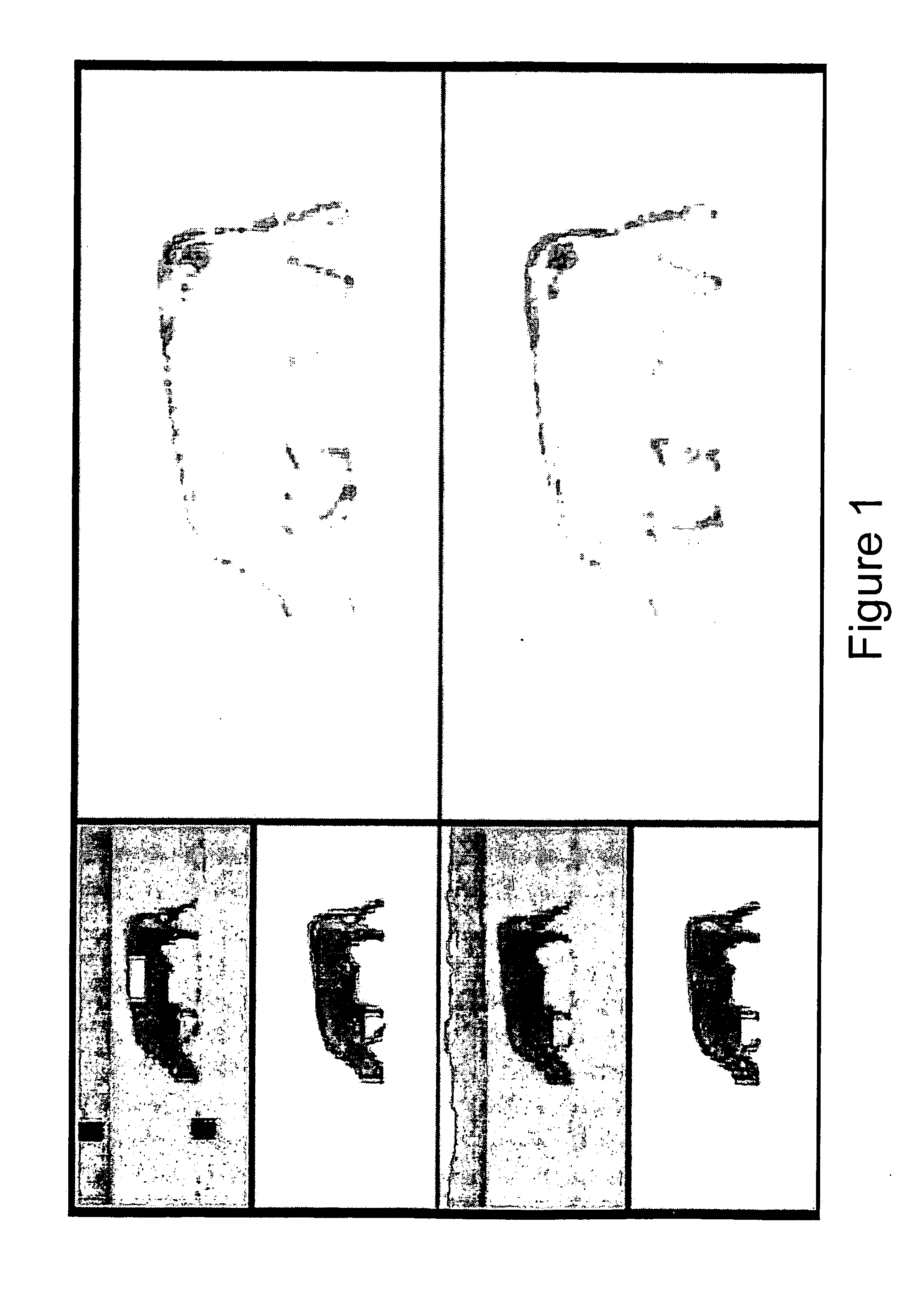Efficiently labelling image pixels using graph cuts
a graph and image technology, applied in image analysis, instruments, computing, etc., can solve problems such as not being able to completely change the graph
- Summary
- Abstract
- Description
- Claims
- Application Information
AI Technical Summary
Benefits of technology
Problems solved by technology
Method used
Image
Examples
case 1
[0108] If (rsi>rit) we change the parent of the node to the terminal node ‘source’ (s).
case 2
[0109] If (rsiit) we change the parent of the node to the terminal node ‘sink’ (t). This means that the node has now become a member of sink tree T. All the immediate child nodes of i are then made orphans.
case 3
[0110] If (rsi=rit) we leave the node as it is.
6. Experimental Analysis
[0111] We now demonstrate our method on the object-background segmentation problem and analyze its performance.
6.1. Fast Image Segmentation in Videos
[0112] The object-background segmentation problem aims to segment out the objects in an image so that they can be pasted in a different context. In our case, this process has to be performed over all frames in the video sequence. We formulate the problem as follows.
[0113] The user specifies hard and soft constraints on the segmentation by providing segmentation cues or seeds. The soft constraints are used to build colour histograms for the object and background, which are used for calculating the likelihood term φ(D|fi) of the energy function (7) of the MRF. The hard constraints consists of strict pixel label values which have to be maintained through all the frames of the video. These constraints are used for specifying pixel positions which are guaranteed to...
PUM
 Login to View More
Login to View More Abstract
Description
Claims
Application Information
 Login to View More
Login to View More - R&D
- Intellectual Property
- Life Sciences
- Materials
- Tech Scout
- Unparalleled Data Quality
- Higher Quality Content
- 60% Fewer Hallucinations
Browse by: Latest US Patents, China's latest patents, Technical Efficacy Thesaurus, Application Domain, Technology Topic, Popular Technical Reports.
© 2025 PatSnap. All rights reserved.Legal|Privacy policy|Modern Slavery Act Transparency Statement|Sitemap|About US| Contact US: help@patsnap.com



